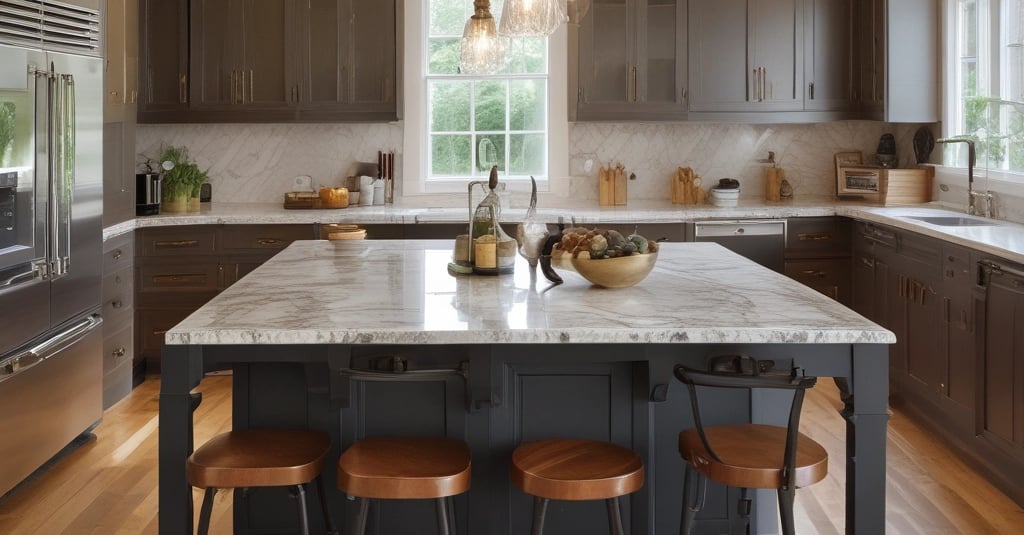10 Essential Interior Painting Tips for a Flawless Finish
8/17/20254 min read


Choosing the Right Paint
When embarking on an interior painting project, the selection of the appropriate paint is pivotal to achieving a flawless finish. There exist several types of interior paint, each with unique characteristics that cater to different environments and functions. The most common finishes are matte, satin, and semi-gloss, each offering distinct aesthetic and practical benefits.
Matte finishes are ideal for areas with low to moderate traffic, as they create a soft, velvety appearance. This finish effectively conceals wall imperfections, making it a popular choice for living rooms and bedrooms where comfort and tranquility are desired. Satin finishes, on the other hand, offer a slight sheen and are more durable, making them suitable for spaces that require frequent cleaning, such as kitchens and bathrooms. Lastly, semi-gloss finishes are characterized by their shiny surface, providing additional durability and moisture resistance, ideal for trim, doors, and cabinetry.
Beyond the finish type, it is essential to consider the room's function and lighting when selecting paint. Natural light can significantly influence how colors appear; therefore, testing paint samples in the intended space under different lighting conditions is advisable. For instance, warmer colors can create a cozy atmosphere in a dimly lit room, while cooler shades may enhance the spaciousness of a brightly lit area.
Furthermore, choosing a color palette that not only complements the furniture and decor but also aligns with the mood and perception you wish to evoke is critical. Colors have psychological effects; for example, blues and greens are often associated with calmness, while yellows and oranges can energize a space. By thoughtfully selecting the right paint finish and color, homeowners can significantly enhance their living spaces, creating an environment that feels harmonious and welcoming.
Preparation: The Key to a Successful Paint Job
A successful interior painting project begins long before the first brushstroke is applied. Proper preparation is crucial for achieving a professional-looking finish, as it sets the foundation for your paint job. One of the first steps in preparation is cleaning surfaces thoroughly. This involves removing dust, dirt, and grease from the walls, as these contaminants can affect paint adhesion. Using a mixture of warm water and mild detergent is often effective for this task, followed by a thorough rinse with clean water.
Once the surfaces have been cleaned, it is essential to address any imperfections. This includes patching holes, cracks, or dents in the walls using a high-quality spackle or filler. After the filler has dried completely, sanding the patched areas smooth is necessary to create an even surface. Additionally, any rough patches on the walls should be sanded to ensure a flawless finish. Sanding helps create a surface that will properly adhere to the new paint, minimizing the risk of peeling or uneven textures later.
Protecting your surrounding environment is equally important during the preparation phase. Furniture, flooring, and trim should be properly covered with drop cloths or plastic sheeting. For furniture that cannot be easily moved, consider using painter's tape to secure protective materials in place. Furthermore, employing high-quality masking tape is essential for achieving sharp, clean lines between different colors or finishes. When applying masking tape, press down firmly to seal the edges and prevent paint from bleeding underneath. For the best results, remove the tape while the paint is still slightly wet, ensuring crisp, defined edges.
By carefully following these preparation steps, you will create a solid foundation for your painting project, ultimately leading to a smooth and professional finish that can enhance the aesthetic of any interior space.
Painting Techniques for a Smooth Finish
Achieving a flawless finish when interior painting requires an understanding of various techniques and the appropriate tools. One of the most important aspects of a smooth application is selecting the right type of brush or roller for the surface being painted. For walls and large flat areas, a roller is often the most efficient choice. When selecting a roller, consider factors such as nap length; a thicker nap is ideal for textured surfaces, while a thinner nap suits smoother walls. Conversely, brushes are essential for detailed work, particularly in corners and along edges where precision is paramount.
One effective painting technique is known as "cutting in," which involves using a brush to create a clean, sharp edge where the wall meets the trim or ceiling. To master this technique, load your brush with paint but avoid overloading it to prevent drips. Start a few inches away from the edge, then carefully guide the bristles to the crevice, allowing for better control and a precise line. This process not only creates a professional appearance but also minimizes the risk of inadvertently painting over areas that should remain untouched.
For higher ceilings or inaccessible spots, an extension pole can be an invaluable tool. Attaching a roller to an extension pole allows for extended reach without the need for ladders, significantly improving safety and efficiency. When using an extension pole, it is important to apply even pressure and maintain consistent strokes, as this helps in achieving a uniform coat. Always remember to apply the paint in a 'W' pattern for seamless coverage, followed by filling in the gaps without lifting the roller. Layering the paint correctly will enhance the overall finish, ensuring that the texture and color remain uniform throughout the project.
Post-Painting Tips for Care and Maintenance
Once the paint has dried and your interior spaces look revitalized, it is essential to adopt appropriate care and maintenance practices. The longevity of a freshly painted surface greatly depends on how well it is maintained. Regular touch-ups are necessary to keep the walls looking pristine. It is advisable to keep some leftover paint, along with the applicators used during the initial application. This allows for quick fixes when minor imperfections such as scratches or scuffs occur.
When it comes to cleaning painted walls, timing is crucial. Newly painted surfaces typically require a waiting period of at least two weeks before any washing is done. This allows the paint to cure fully, thereby reducing the risk of smudging or damaging the finish. During this curing period, it’s prudent to avoid any harsh cleaning products that could compromise the paint. Opt for a soft sponge or a microfiber cloth to gently remove dust and light stains.
For cleaning, always choose products designed for painted surfaces. Avoid abrasive cleaners or scouring pads, as they can scratch the finish and create more issues than they resolve. If stubborn stains do appear, a mixture of mild soap and warm water is often a safe and effective solution. Remember to test the cleaning solution on a small, inconspicuous area before applying it to ensure it does not alter the finish.
Lastly, indicators that it may be time for another coat of paint include noticeable fading, peeling, or when the surface no longer looks fresh. Depending on environmental factors such as sunlight exposure and humidity, it might be necessary to refresh your paint every few years to maintain the aesthetic appeal of your home.
SERVICE AREA
Serving Middlesex, Worcester County, Norfolk county, Suffolk county.
© 2025. All rights reserved.


Office Number
(978)875-2791
